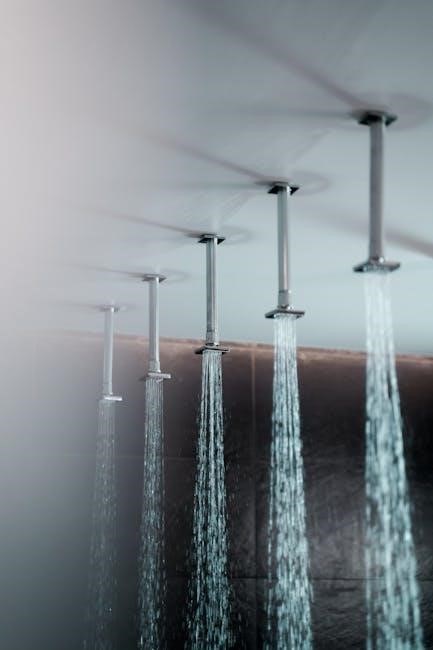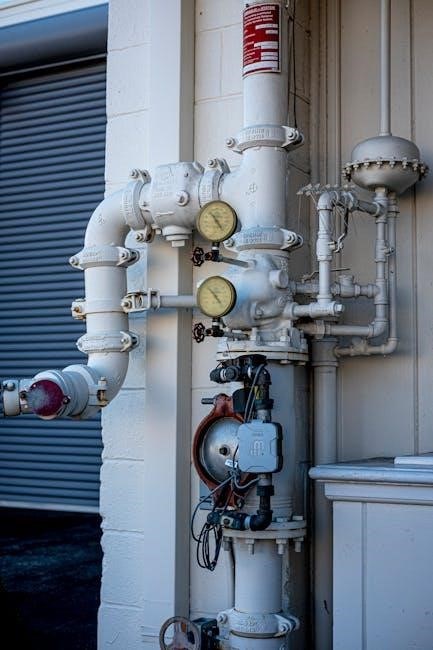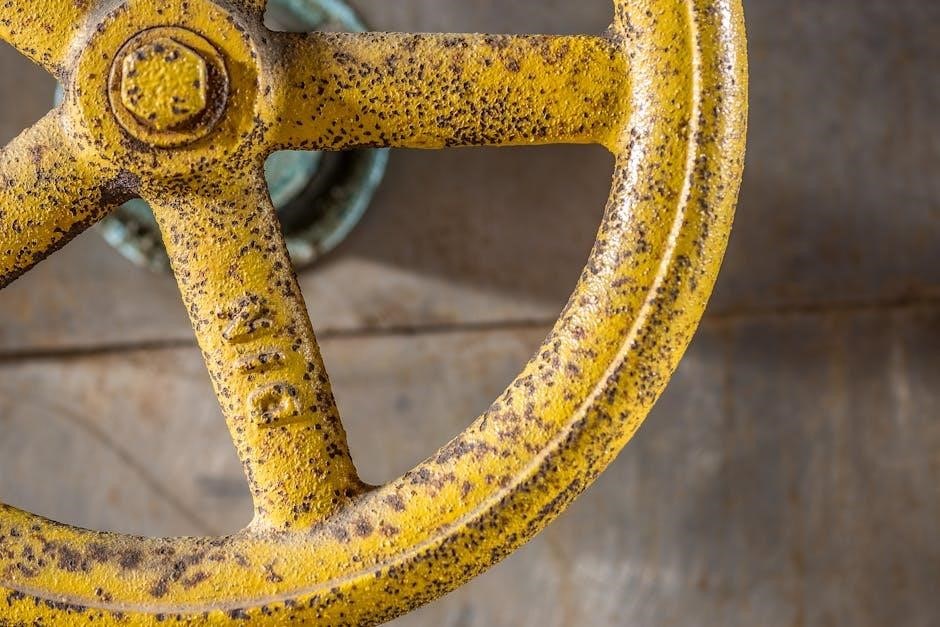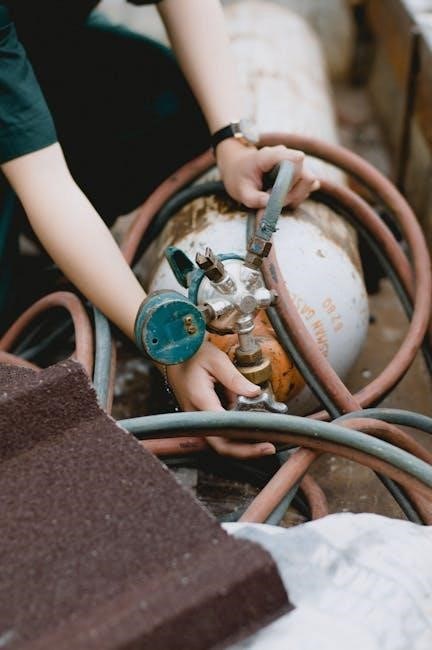Knurling valve guides involves resizing worn guides with arbors, a cost-effective method, using tools like K-1091, for engine repair, with online retailers offering various products, including Regis Manufacturing options, for cylinder head work purposes always.
Overview of the Process
The process of knurling valve guides is a complex one, involving several key steps and considerations. According to online retailers, knurling is a low-cost method to bring lightly worn valve guides back to original specifications. This is achieved by running a knurl through the valve guide with a tap handle or low-speed drill, which shrinks the inside diameter of the valve guide. The goal of this process is to eliminate the need for expensive equipment to replace or line the valve guides. By using a knurling arbor, such as the K-1091, technicians can resize valve guides quickly and efficiently. This process is particularly useful for cylinder head work, where valve guides are often worn or damaged. With the right tools and techniques, knurling valve guides can be a cost-effective and reliable solution for engine repair. Online resources provide a wealth of information on this process, including product descriptions and reviews.

Tools and Equipment
Knurling valve guides requires specific tools, including arbors like K-1091, and reamers, available from manufacturers like Regis, for precise valve guide resizing and repair purposes always online.
Valve Guide Resizing Arbors
Valve guide resizing arbors are essential tools for knurling valve guides, available in various sizes, such as .375 x 9.52mm, and are interchangeable with other brands like Winona and K-LINE.
These arbors are used to resize worn valve guides, and are a cost-effective method for engine repair, with online retailers offering a range of products, including Regis Manufacturing options.
The arbors work by being run through the valve guide with a tap handle or low-speed drill, which shrinks the inside diameter of the guide, allowing a reamer to be used to bring it back to the correct size.
This method eliminates the need for expensive equipment to replace or line the valve guides, making it a popular choice for engine repair and cylinder head work.
The use of valve guide resizing arbors requires careful selection of the correct size and type of arbor, as well as proper technique and equipment, to ensure successful repair and minimize damage to the valve guide.
By using the correct arbor and following proper procedure, engine repair technicians can effectively resize valve guides and get engines running smoothly again.

Method of Knurling
Knurling involves running an expandable tool through the valve guide, upsetting material to reduce clearance and restore fit, using a tap handle or low-speed drill, always with precision and care, every time, properly.
Step-by-Step Process
The step-by-step process of knurling valve guides involves several key steps, starting with preparing the valve guide for the knurling process, which includes cleaning and inspecting the guide for any damage or wear.
Next, the knurling tool is selected and inserted into the valve guide, and then the tool is expanded to fit the guide, using a tap handle or low-speed drill to rotate the tool.
The tool is then removed, and the valve guide is inspected to ensure that it has been properly resized, and a reamer can then be used to bring the guide back to its original specifications, if necessary.
The entire process requires careful attention to detail and a thorough understanding of the knurling process, as well as the use of specialized tools and equipment, such as the K-1091 valve guide resizing arbor.
By following these steps, technicians can effectively use knurling to repair and restore valve guides, extending the life of the engine and improving its performance, with the help of online resources and product information.
The process can be used in a variety of applications, including cylinder head work, and is a valuable skill for technicians to master, using the right tools and techniques, always.

Benefits and Limitations
Knurling valve guides offers cost-effective repair, with limitations including potential damage, using proper techniques, always, with specialized tools, like K-1091, for engine repair, and cylinder head work purposes, every time.
Advantages and Disadvantages
Knurling valve guides has several advantages, including being a low-cost method for repairing worn guides, and it can be done quickly with the right tools, such as the K-1091 arbor. This method also eliminates the need for expensive equipment to replace or line the valve guides. However, there are also some disadvantages to consider, such as the potential for damage to the valve guide or the surrounding area if the knurling process is not done correctly. Additionally, knurling may not always be a permanent solution and may need to be repeated over time. It is also important to note that knurling is not suitable for all types of valve guides, and the decision to use this method should be made on a case-by-case basis. Overall, knurling valve guides can be a useful technique for engine repair, but it should be used with caution and careful consideration of the potential advantages and disadvantages. With proper technique and tools, knurling can be an effective way to repair worn valve guides.

Common Applications
Knurling valve guides is commonly used in cylinder head work, engine repair, and rebuilding, with various tools available, including arbors and reamers, for different applications and purposes always online.
Cylinder Head Work
Cylinder head work often involves repairing or replacing valve guides, with knurling being a cost-effective method for resizing worn guides. This process can help to reduce oil burning and valve stem play, making it a popular choice for engine repair and rebuilding. Many online retailers offer a range of tools and equipment for knurling valve guides, including arbors and reamers, which can be used for various applications and purposes. The use of knurling valve guides in cylinder head work can help to extend the life of the engine and improve its overall performance. With the right tools and equipment, knurling valve guides can be a relatively simple and straightforward process, making it a viable option for many engine repair and rebuilding projects. Additionally, knurling valve guides can be used in conjunction with other repair methods, such as installing thin-wall bronze guide liners, to provide a comprehensive solution for worn or damaged valve guides.
